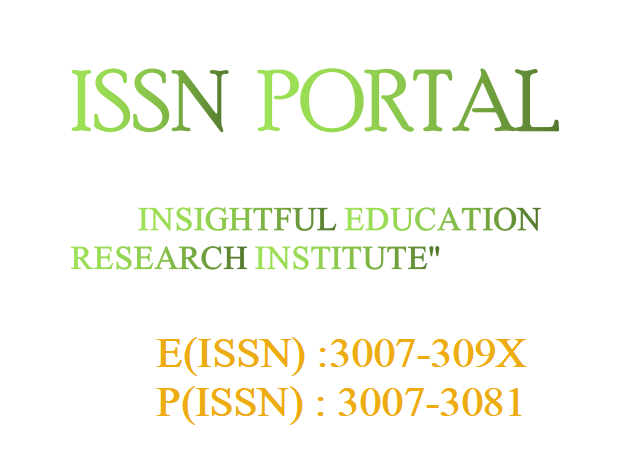ASSESSMENT OF PULMONARY HEALTH RISKS ASSOCIATED WITH EXPOSURE TO AEROSOLIZED AND PARTICULATE SALON CHEMICAL PRODUCTS: A CROSS- SECTIONAL STUDY IN KARACHI, PAKISTAN
DOI:
https://doi.org/10.62019/bhrfzp47Keywords:
Salon Workers, Respiratory Symptoms, Pulmonary Function, Chemical Exposure, Occupational Health, KarachiAbstract
Salon workers in Karachi, Pakistan, including males, females, and transgender individuals, are exposed to aerosolized and particulate chemical products such as hair dyes, powders, and sprays. These exposures pose potential pulmonary health risks. This study aimed to determine the prevalence of respiratory symptoms and pulmonary function impairments among salon workers and to identify occupational and behavioral factors associated with respiratory morbidity. A cross-sectional study was conducted with 365 salon workers selected through stratified random sampling. Data were collected using structured questionnaires assessing demographics, occupational exposures, respiratory symptoms, personal protective equipment (PPE) use, and workplace ventilation. Spirometry measured forced expiratory volume in one second (FEV1), forced vital capacity (FVC), and FEV1/FVC ratio. Descriptive statistics summarized participant characteristics and symptom prevalence. Logistic regression was performed to evaluate associations between exposures and respiratory symptoms, adjusting for confounders. Results showed that 43.8% of participants reported at least one respiratory symptom, with shortness of breath (30.1%), cough (28.8%), and wheezing (25.2%) being most common. Mean FEV1 and FVC were 2.9 ± 0.7 L and
3.6 ± 0.8 L, respectively, with an FEV1/FVC ratio of 0.81 ± 0.07. High exposure to hair dyes (OR=2.25, 95% CI: 1.40–3.62,
p=0.001) and frequent spray use (OR=1.85, 95% CI: 1.12–3.05, p=0.015) significantly increased odds of respiratory symptoms. Smoking and poor ventilation also elevated risk (p<0.05). PPE use was low (4.1%) and not significantly protective. The study concludes that respiratory symptoms are prevalent among Karachi’s salon workers and are significantly associated with chemical exposures, smoking, and poor ventilation. Occupational health interventions focusing on ventilation improvement, PPE promotion, and health monitoring are urgently needed.
Downloads
Downloads
Published
Versions
- 2025-07-18 (2)
- 2025-07-18 (1)







